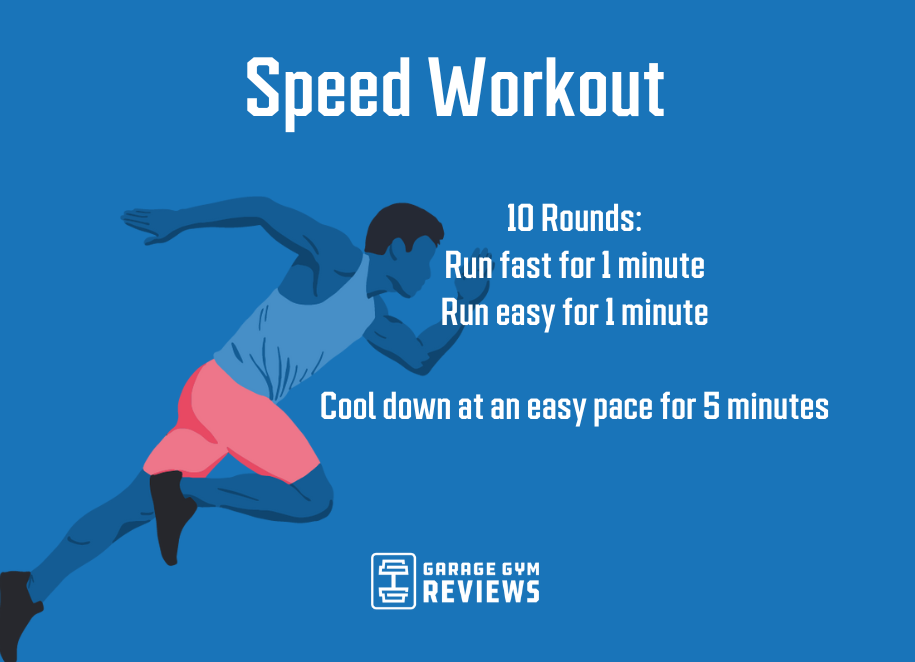Revamp Your Running Strategy: Tips for Improved Efficiency
Revamp Your Running Strategy: Tips for Improved Efficiency
Blog Article
Handling Common Running Discomforts: Reasons, Solutions, and Prevention
As runners, we usually encounter different discomforts that can hinder our efficiency and pleasure of this physical activity. From the incapacitating pain of shin splints to the unpleasant IT band disorder, these typical operating pains can be frustrating and demotivating. Recognizing the causes behind these conditions is critical in efficiently resolving them. By exploring the origin reasons for these running pains, we can reveal targeted solutions and safety nets to guarantee a smoother and much more satisfying running experience (useful info).
Typical Running Pain: Shin Splints
Shin splints, an usual running discomfort, typically result from overuse or improper footwear during physical activity. The recurring anxiety on the shinbone and the tissues attaching the muscles to the bone leads to inflammation and pain.
To avoid shin splints, people must progressively increase the intensity of their workouts, put on ideal footwear with correct arch assistance, and maintain flexibility and stamina in the muscle mass bordering the shin (running workout). Additionally, including low-impact tasks like swimming or biking can aid keep cardiovascular fitness while permitting the shins to recover.
Common Running Pain: IT Band Syndrome
In addition to shin splints, another common running pain that professional athletes frequently encounter is IT Band Syndrome, a condition created by inflammation of the iliotibial band that leaves the external upper leg and knee. IT Band Disorder normally shows up as discomfort outside of the knee, especially during tasks like running or cycling. The iliotibial band is a thick band of fascia that attaches the aware of the shin, and when it comes to be swollen or limited, it can massage versus the upper leg bone, leading to discomfort and pain.
Joggers experiencing IT Band Disorder may discover a stinging or aching sensation on the external knee, which can aggravate with ongoing task. Variables such as overuse, muscle mass inequalities, incorrect running kind, or insufficient workout can add to the development of this problem. To stop and relieve IT Band Disorder, runners must concentrate on stretching and reinforcing exercises for the hips and thighs, appropriate footwear, gradual training development, and attending to any type of biomechanical problems that might be aggravating the trouble. Neglecting the signs and symptoms of IT Band Disorder can bring about persistent problems and extended recuperation times, stressing the importance of very early treatment and proper management methods.
Common Running Discomfort: Plantar Fasciitis

Plantar Fasciitis can be credited to various elements such as overtraining, improper footwear, working on hard surface areas, or having high arches or level feet. To avoid and ease Plantar Fasciitis, runners can include extending workouts for the calves and plantar fascia, put on helpful footwear, preserve a healthy and balanced weight to decrease pressure on the feet, and gradually increase running strength to avoid sudden stress and anxiety on the plantar fascia. If symptoms continue, it is advised to seek advice from a medical care specialist for proper diagnosis and treatment options to attend to the problem effectively.
Usual Running Pain: Jogger's Knee
After addressing the obstacles of Plantar Fasciitis, an additional widespread problem that joggers commonly face is Runner's Knee, a common running discomfort that can impede athletic efficiency and cause discomfort during physical task. Jogger's Knee, likewise known as patellofemoral pain disorder, manifests as discomfort around or behind the kneecap. Joggers experiencing this discomfort might really feel a plain, aching pain while running, going up or down stairways, or after prolonged durations of sitting.
Usual Running Pain: Achilles Tendonitis
Typically afflicting runners, Achilles Tendonitis is an excruciating condition that influences the Achilles ligament, triggering discomfort and possible limitations in physical activity. The Achilles tendon is a thick band of cells that connects the calf muscular tissues to the heel bone, critical for tasks like running, jumping, and walking - this web-site. Achilles Tendonitis commonly develops because of overuse, inappropriate footwear, insufficient stretching, or sudden increases in physical task
Signs of Achilles Tendonitis consist of discomfort and stiffness along the tendon, specifically in the morning or after periods of inactivity, swelling that worsens with task, and possibly bone stimulates in persistent cases. To avoid Achilles Tendonitis, it is necessary to stretch properly in the past and after running, put on ideal shoes with appropriate support, gradually raise the intensity of workout, and cross-train to reduce recurring stress and anxiety on the ligament. Treatment may involve remainder, ice, compression, altitude (RICE procedure), physical therapy, orthotics, and in severe situations, surgery. Early intervention and proper care are crucial for handling Achilles Tendonitis properly and protecting against lasting difficulties.
Conclusion

Report this page